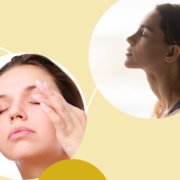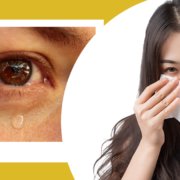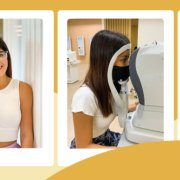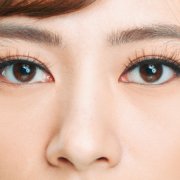Can Eye Exercises Really Improve Your Vision?
We all know that physical exercise is good for the body, but do you know that you also can have an exercise routine for your eyes?
There are many types of eye exercises, but not all of them have been proven to be effective. We will sort out what eye exercises can and can’t do.
What can eye exercises do for you?
Eye exercises are typically performed by utilizing your ocular muscles to change the focus of your vision. Orthoptic exercises are eye exercises that are prescribed by an eye doctor called an orthoptist. These specialized exercises have been proven to be effective in treating certain eye conditions such as double vision (diplopia) and amblyopia (commonly known as lazy eye).
A quick internet search will reveal many types of eye exercises, such as the Bates Method, that claim to cure refractive errors like myopia (nearsightedness) or hyperopia (farsightedness). Proponents of this type of vision therapy claim that you can eliminate the need for glasses if you practice eye exercises diligently.
However, there are no clinical studies or reliable evidence that support these claims. Ophthalmologists generally agree that glasses, contacts, or eye surgery are the only effective methods of vision correction.
Eye Exercises to Prevent Eye Strain
Eye strain symptoms include headaches, light sensitivity, and dry, red, burning, or itchy eyes. Extended computer use and lots of screen time can cause digital eye strain. This condition can be uncomfortable, but it is easily relieved with lifestyle changes and it is one case where eye exercises can help. The eye exercise commonly recommended by eye doctors to prevent or treat eye strain is called 20-20-20. Simply give your eyes a break every 20 minutes by looking away from your screen and turning your focus to something about 20 feet away for at least 20 seconds.
While exercises may help, there’s no scientific fact that they can improve vision. One proven and tested way to improve your vision is LASIK.
Millions have already brightened their eyesight by having the LASIK procedure. Most of them were done at Shinagawa.
If you want a brighter vision for good, you can schedule a LASIK screening with us! Call our Patient Care Lines: (+632) 7-368 5238 l (+63) 917 862 7454 l (+63) 921 217 0517 for inquiries, questions, and appointments or talk to our consultants via LiveChat here on our website.






